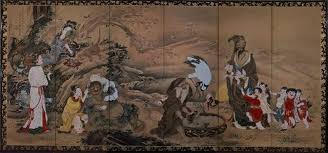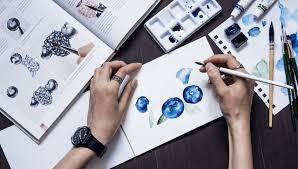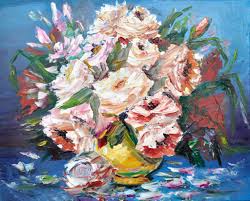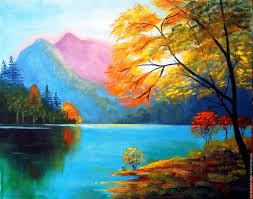drawing scratched
HISTORY OF THE ORIGIN AND DEVELOPMENT OF MONUMENTAL PAINTING (part 1)
 FRESCO
FRESCO
It is customary to divide the painting into easel and monumental. To easel painting is one that is made with oil paints on canvas, cardboard or other solid material. As a rule, it has not so impressive dimensions, is performed on an easel and is able to wander around exhibitions, museums, and the interiors of owners. Monumental painting is another matter. It is rigidly attached to the architectural surface, often has gigantic dimensions and the technology of execution has its own characteristics. There are many diverse techniques of monumental painting, but we intend to tell you only about three of them. This is a fresco, mosaic and stained glass. Continue reading
workshop
characteristic
enthusiasm
reproduction
watercolors
institution
ideological
communal
different
technique
distinguished
photography
members
movements
Museum
documentary
density
until
traditions
composition
phenomenon
technologies
landscapes
returned
again left
period
artists
contact
milestone
combination
festivals
unshakable
modest
decorative
harmony
number
various
province
troubles
absolutely
minerals
sixties
creation
soldiers
emergence
subsequent
manufacture
background
performance
musician
resistant
community
canvas
educational
development
finally
professional
available
transmitted
landscape
school
sepia
arrogance
student
snowflakes
selection




